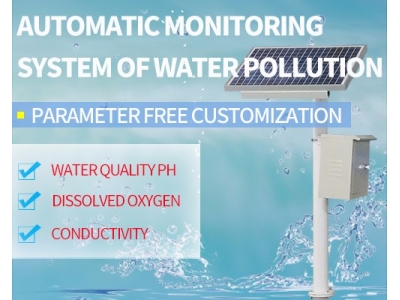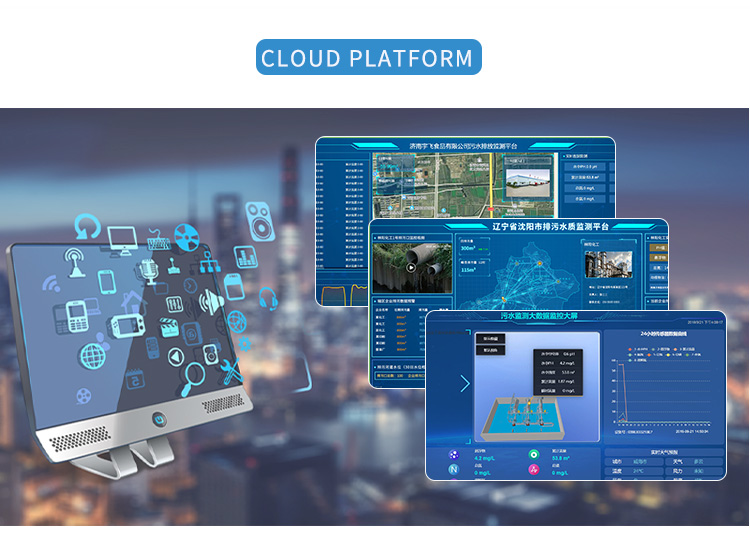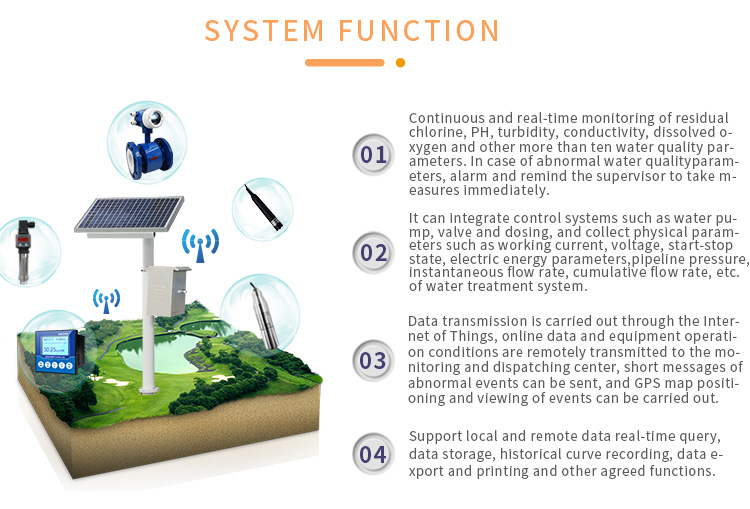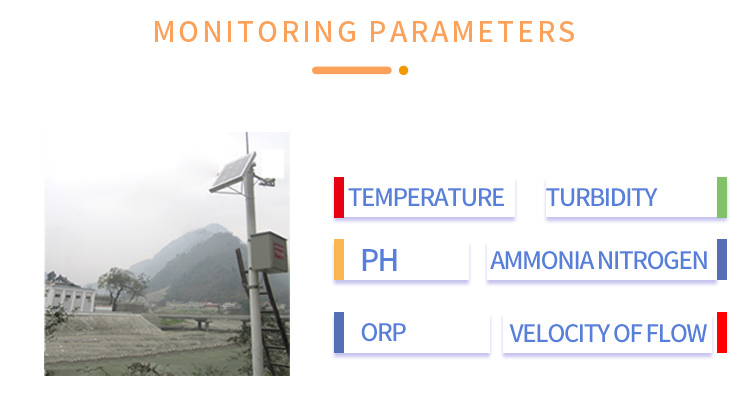
IoT Water Quality Monitoring System: 4 Use Cases
Today's water management technology is based on data that can only be collected through an IoT water quality monitoring system.

Today's water management technology is based on data that can only be collected through an IoT water quality monitoring system.
Commercial building owners are being forced to pay closer attention to water management in light of growing concerns about water shortages, the cost of water and now water quality issues due to prolonged facility closures. Water bills and meter readings have begun to be replaced by more sophisticated tools and methods, such as Internet of Things (IoT) sensors and advanced data analytics. Whether you're trying to use water more optimally, maintain a consistently healthy water supply, get LEED or WELL certified, or something else, today's water management technology is based on data that can only be collected through an IoT water quality monitoring system.

The EPA has noted that one of the dangers associated with reopening buildings after a prolonged closure (such as during the COVID-19 pandemic) is the potential presence of Legionella bacteria in building plumbing systems, which can lead to illness. Such bacteria is known to grow when hot water temperatures decrease from the recommended temperature of 140 degrees Fahrenheit to lukewarm (usually anywhere from 77 degrees to 108 degrees Fahrenheit), and disinfectants (like chlorine) dissipate due to inactivity in the pipes over a long period of time (that could be days, weeks, or months, depending on the specific building).
Placing IoT sensors on water pipes is one way for building managers to combat Legionella. By monitoring your building’s water and plumbing systems, you get a real-time analysis of what systems are being used and where. Once you have an idea of normalized water usage in your building, you can begin to map areas of inactivity, identifying places where plumbing has been dormant and Legionella bacteria could be a potential problem. This system allows you to be proactive about finding and solving the problem, rather than doing water quality testing everywhere unnecessarily, or waiting to see if a problem crops up later. (Note that sensors that actually test for Legionella are rare.)
Aside from Legionella issues associated with reopening after prolonged closures, maintaining a healthy supply of drinking water is crucial for occupants. Some building managers take samples and test the water once or twice a year, but that method provides only a snapshot of water quality at one specific moment. A major contaminant could develop after testing and go unnoticed for months, making occupants vulnerable to illnesses.
An IoT water quality monitoring system keeps you informed about your building’s water quality at all times. Turbidity sensors placed inside your pipes measure the clarity of your water (whether it’s murky or opaque) using beams of light. High turbidity indicates the presence of particles, and is a sign that your water needs to be tested. Ongoing water quality monitoring gives you an idea of your building’s normal turbidity level; the data will show immediately if conditions change. If that happens, you can either employ another sensor to look for specific contaminants, or send a water sample out for testing in a lab.

Every year, millions of gallons of water are wasted due to leakage, meter errors, and operational inefficiencies. Many facilities managers rely on regular inspections of the pipes to identify failures, but that could mean a leak isn’t caught for several months after it begins.
IoT water flow sensors can help identify leaks immediately by measuring the flow of water through a pipe and its rate of change. When sensor data shows a change in the normal rate, it could be an indicator of a pipe leakage or other operational malfunction, giving building managers a chance to address problems before too much water is wasted.
IoT sensors can also help pinpoint the source of water waste. One of our clients, the owner of several indoor malls, needed to know why one of its malls had higher water bills than the rest. Taking advantage of the detailed data-collection capability of the IoT, we were able to determine how, when, and where water was being consumed, down to 15-minute intervals. The data soon revealed that one fast-food restaurant’s water-cooled refrigeration unit was continuously circulating water unnecessarily, wasting tens of thousands of gallons daily. The faulty thermostat was fixed quickly, resulting in an estimated annual savings of more than $117,000.

An increasing number of commercial buildings are pursuing LEED and/or WELL certification as part of their sustainability goals and healthy building initiatives. (You can read more about LEED and WELL, and the benefits for commercial buildings here.) LEED certification focuses on areas related to sustainability, while WELL focuses on building features that impact the health and wellness of occupants. Striving for one or both of these certifications benefits not only the environment and your people, but also saves money by reducing inefficiencies.
Both certifications have water-related standards that can be addressed with the use of an IoT water quality monitoring system. LEED encourages water submetering with the goal of identifying water use and monitoring consumption in real time; it also awards points for implementing systems that support water use reduction both indoors and outdoors. WELL has water quality standards that aim to help buildings simultaneously preserve water and enhance the quality of it to ensure it is safe for occupants. An IoT water quality monitoring system can help you achieve all the relevant water-related standards for both LEED and WELL, whether you have an existing building or new construction.